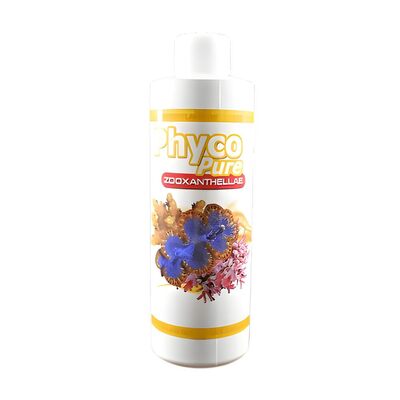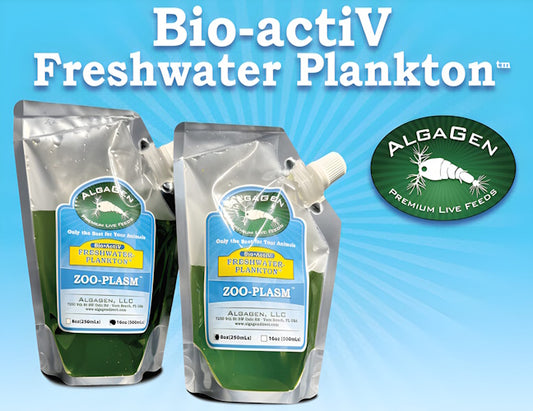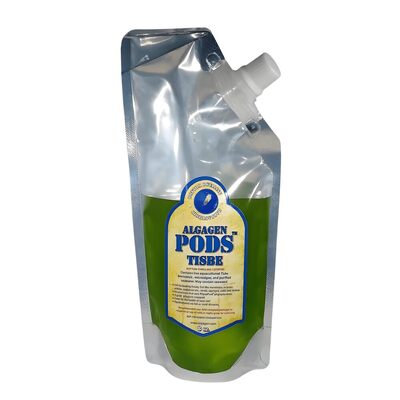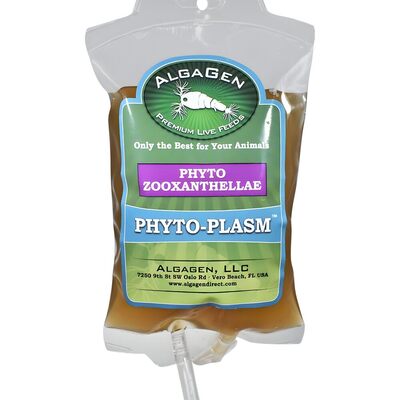Rotifers are a cornerstone of marine and freshwater aquaculture, serving as a primary live feed for larval fish, corals, and invertebrates. Achieving robust, stable rotifer cultures depends on several key factors, but none is more influential than temperature. Throughout this guide, you’ll learn not just the ideal temperature range, but also how temperature interacts with other water parameters and practical steps to ensure your cultures thrive.
Temperature is the engine that drives rotifer metabolism, reproduction, and survival. Too cold, and growth slows to a crawl; too hot, and populations may crash or become susceptible to contamination. The right temperature not only maximizes rotifer yield but also ensures that the cultures remain healthy and easy to manage. For a deep dive into why live rotifers are so valuable in aquariums, see our Benefits of Live Rotifers for Your Fish Tank.
- Optimal temperature for most rotifer cultures: 22–28°C (72–82°F)
- Temperatures above 30°C (86°F) can cause rapid die-off and instability
- Lower temperatures slow growth but may extend lifespan
- Stable temperature is crucial for consistent production
Studies show that rotifer reproductive rates, growth, and overall population dynamics are highly temperature-dependent. For example, Brachionus plicatilis-one of the most commonly cultured marine rotifers-exhibits increased reproductive activity as temperature rises within the optimal range. However, higher temperatures also accelerate metabolism, leading to shorter lifespans and a greater risk of population crashes if not managed carefully.
Research indicates:
- At 30°C, rotifers reproduce quickly but die off sooner, resulting in unstable cultures
- At 21–25°C, rotifers balance rapid reproduction with longer lifespans, producing more eggs and juveniles per day over a sustained period
- At 8–15°C, growth and reproduction slow dramatically, but individuals may grow larger and live longer, though population growth is negative or minimal
| Temperature (°C) | Growth Rate | Reproduction | Lifespan | Status |
|---|---|---|---|---|
| 8–15 | Very Slow | Low | Long | Below Optimal |
| 21–25 | Fast | High | Moderate | Optimal |
| 26–28 | Very Fast | Very High | Short | Optimal |
| 30+ | Unstable | Peak then Crash | Very Short | Too High |
Maintaining the right temperature is only part of the equation. Successful rotifer culture also depends on:
- pH: Maintain pH between 7–8.5 for optimal health
- Salinity: 10–35 ppt, depending on rotifer species
- Dissolved Oxygen: Above 4 ppm
- Ammonia: Keep total ammonia nitrogen below 5 ppm
Regular monitoring and gentle water changes help maintain these parameters and prevent culture crashes. For a broader look at the best live feeds for reef tanks, check out Top 5 Live Feeds for Thriving Reef Tank Ecosystems.
Temperature doesn’t just affect how quickly rotifers reproduce-it also changes their size and lifespan. At lower temperatures, rotifers grow larger and live longer, but reproduce more slowly. At higher temperatures, they mature quickly and reproduce rapidly, but are smaller and have a shorter lifespan. This trade-off is important for aquarists to consider, especially when culturing rotifers for specific fish species or feeding schedules. If you want to understand more about what rotifers eat and their nutritional value, see Understanding the Best Rotifer Diet for Aquariums.
- Culture Crashes: Avoid sudden temperature swings and keep within the optimal range to prevent rapid die-offs
- Low Productivity: If cultures are slow to grow, check for low temperatures or heater malfunction
- Contamination: High temperatures can promote bacterial blooms; maintain cleanliness and monitor water quality
Setting up your rotifer culture for success involves a few key steps:
- Fill your culture vessel with dechlorinated water at the desired salinity
- Install a heater and thermometer, set to 24–26°C for most applications
- Acclimate your starter rotifers by floating their bag in the culture water for 20–30 minutes
- Slowly add small amounts of culture water to the bag to equalize temperature and salinity
- Release rotifers into the vessel and begin gentle aeration
- Feed with high-quality microalgae or a commercial rotifer diet
For a practical look at sourcing and culturing rotifers, see Where to Find Rotifers for Your Aquarium.
Feeding is just as important as temperature. Using premium microalgae blends such as PhycoPure™ Reef Blend or PhycoPure™ Green Water ensures your rotifers are as nutritious as possible for your fish and corals.
“Consistent temperature control is the foundation of a thriving rotifer culture. Small fluctuations can make a big difference in productivity and stability.”
For the healthiest, most productive rotifer cultures, keep your temperature between 22–28°C (72–82°F), monitor conditions daily, and use reliable equipment. Remember that temperature interacts with other water parameters, so regular checks and gentle adjustments are key. By optimizing this crucial factor, you’ll enjoy robust cultures and a steady supply of live food for your aquarium inhabitants. For more on live food nutrition, explore our Ultimate Aquarium Nutrition Guide.









Recent post